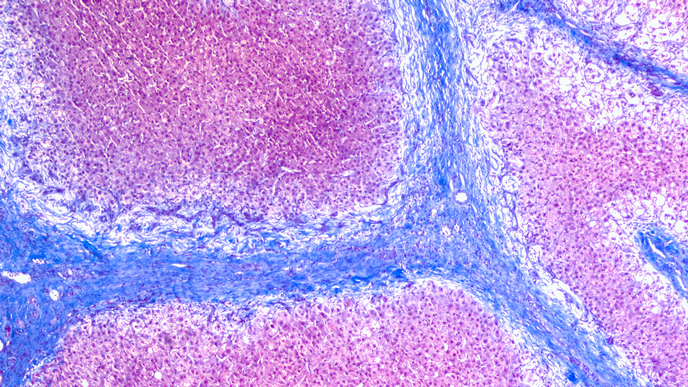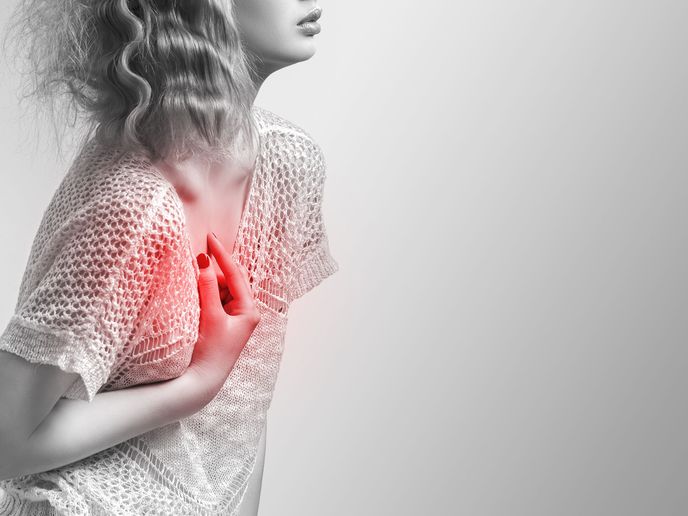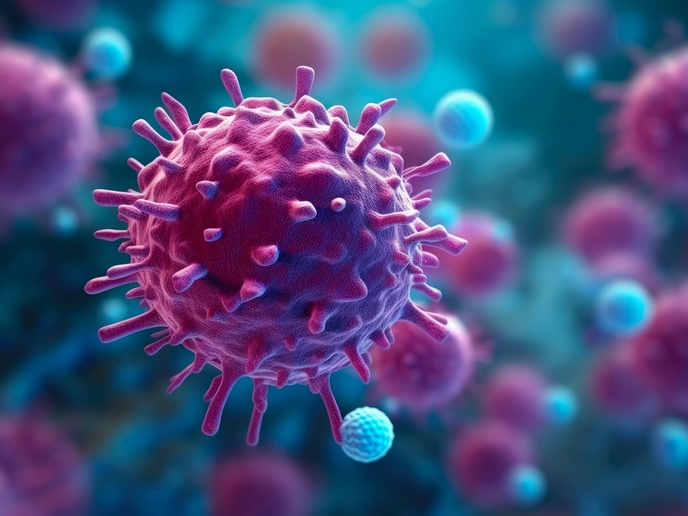Iron is a prime culprit in age-related fibrosis
Progressive ageing of the European population has, of course, been accompanied by a rise in the incidence of age-associated diseases. Fibrotic disorders , including liver cirrhosis and myocardial infarction or heart attack, are among the most common causes of age-associated health decline, responsible for an estimated 30 % of deaths in the western world.
Accumulation of iron is linked to fibrosis in mice and humans
“Our core goal was to understand what happens throughout ageing that causes the exponential rise in the incidence of fibrotic disorders,” states Mate Maus, research fellow. He continues: “We have observed that ageing cells and tissues often present an abnormal accumulation of iron, and we hypothesised that this phenomenon is a causative link between ageing and fibrosis.” Maus has worked on the issue of how ion channels control inflammation, immunity, metabolism and cancer for some 5 years. He has integrated his expertise with studies in the Manuel Serrano’s lab at the Institute for Research in Biomedicine in Barcelona , Spain on regeneration and ageing under the EU project IRONAGE. Funded with the support of the Marie Skłodowska-Curie programme, Maus investigated how ongoing free-iron release into injured organs and tissues, without clearance, maintains chronic inflammation and prevents regeneration. Using mouse models of fibrotic diseases and human biopsies, the IRONAGE researchers studied fibrosis in kidney, heart and lung. Findings indicated that age-associated iron accumulation is linked to fibrotic disorders. The data suggest that iron accumulation is a direct driver of inflammation, immune infiltration, and collagen deposition, the main hallmarks of fibrosis. “Our findings suggest that preventing iron accumulation may be a powerful approach for the treatment of progressively worsening fibrotic disorders,” Maus outlines.
Dissemination far and wide and a look into the future
IRONAGE research results were delivered in the presentation entitled ‘Vascular damage-associated iron deposition causes senescence and fibrosis’ at various conferences and meetings throughout 2019. Conference venues hosting papers on the current research on iron and fibrosis included the 8th Congress of the International BioIron Society in Heidelberg, Germany, the Barcelona Biomed Conference ‘Immunotherapy beyond cancer. A cure for age related diseases’ in Spain and the 8th Congress on Tissue Repair and Regeneration in New London, United States . A paper on the research is currently in preparation. “Currently, we are working on some final experiments, which we hope will give us a glimpse into this new biology. My dream goal, of course, is to translate these findings into therapy and improved diagnostics for fibrotic disorders and perhaps for other age-associated diseases,” Maus comments on his future goals. To get there, he wants to build a team with shared aims and get the funding and environment that will support these goals. The results and the implications of this project went way beyond what was originally expected. “I think we might have found something fundamental that can teach us a great deal about what cellular and organismal ageing is about,” Maus concludes. While working with IRONAGE, Maus became a father and had to align paternity with research, a joyful but far-from-easy task. When his child grows up, therapy for age-related diseases may be all ‘ironed out’ thanks to the work of IRONAGE.
Keywords
IRONAGE, iron, fibrosis, ageing, inflammation, therapy







